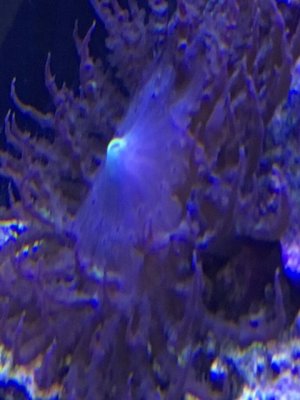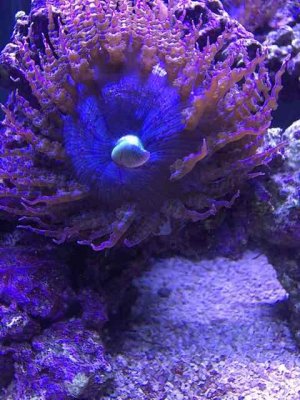I had 3 or 4 of them (split from an original clone) in my 46 gallon that was up and running for 12 years crash-free. I have had them living beside and even in contact with BTAs (entacmaea quadricolor), epicystis crucifer, lots of corals and never seen one that appeared to be causing problems for any other organisms. I've had clowns live in one and sent pictures to Eric Borneman to confirm that my "Borneman's" were indeed phymanthus buitendijki (as correctly identified earlier in this thread by anenome keepers far more experienced than I). They are one of my favourite anemones and I have always had one or more in all of my tanks for as long as I can remember. I have not ever been over-run with them and when I've had an extra here and there, I have given them away to local reefers. There's one in my doctor's office waiting room tank that is a clone of mine and I see it really regularly. It's never been a problem for him and he's running a 30 gallon. There's one in my tank right now and it's with a bunch of BTAs. I have always handled them with bare hands, they are quite sticky but have never injured me or caused a reaction. I have not noticed much of a bio load at all, even with multiples in small tanks.
I think that Minh (OrionN) is one of the most knowledgable anemone-keepers I've ever encountered, but his experience with these has obviously been very different than mine. I would are our communal information and sort of "crowd-source average" it. I'm the only person I know that has deliberately sought them out and chosen to keep them long term as a centerpiece, but the vast majority of mine are clones of an original and should be taken as one genetic sample as opposed to representative of the entire population of organisms.
I'm sorry that doesn't answer many of your questions, but I'm happy to explore it further.




